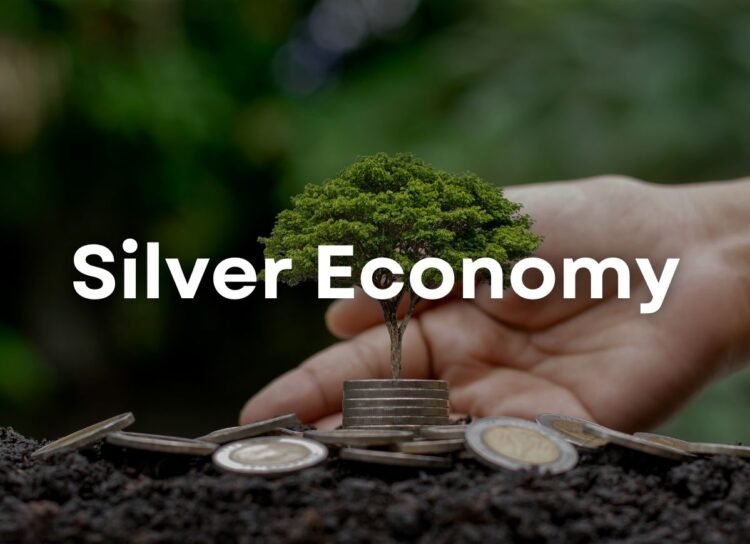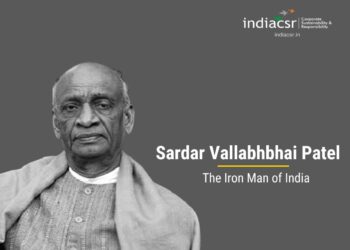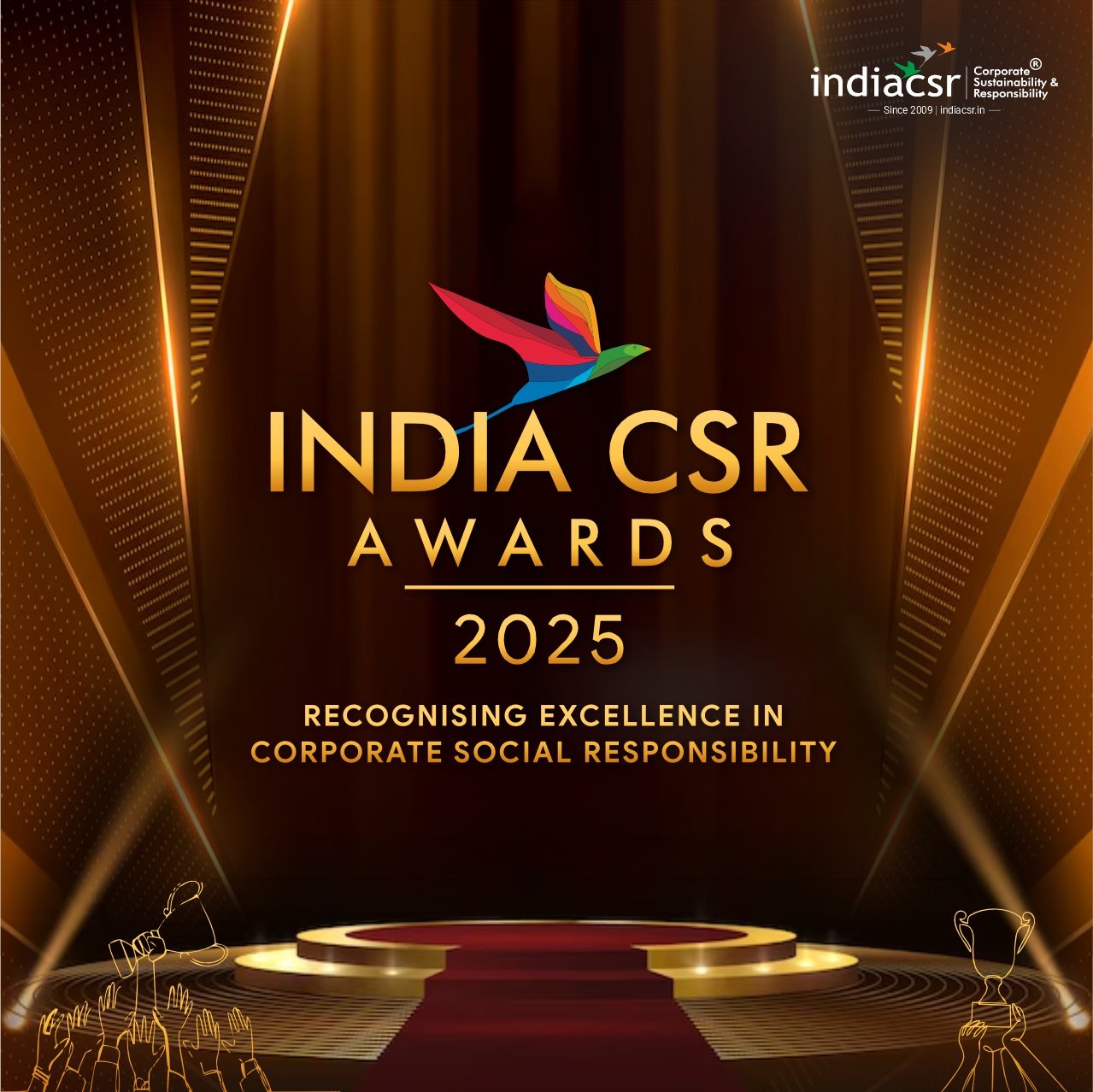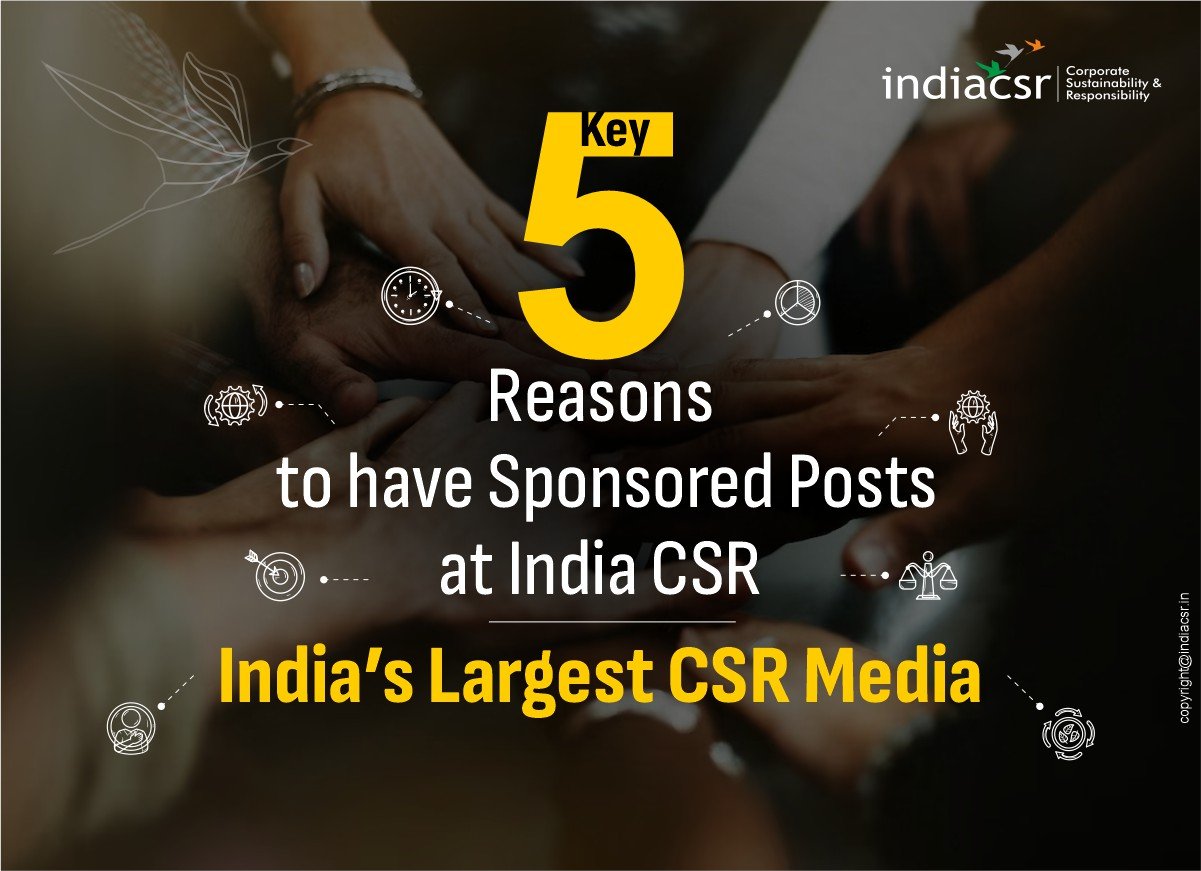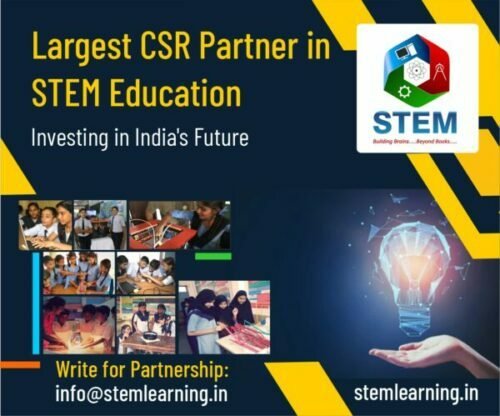Silver Economy: The Economic Potential of the Ageing Population
The silver economy is a term that refers to the economic activities, products and services that are designed to meet the needs and preferences of people over 50 years old. This segment of the population is also known as the “silver generation” or the “silver market”, due to their grey hair and their significant purchasing power1. The silver economy is not a separate market, but rather a cross-cutting concept that affects various sectors and industries, such as health, housing, transport, tourism, leisure, education, finance, insurance, technology and innovation. The silver economy also includes the contribution of older people to the economy as workers, entrepreneurs, volunteers and caregivers.
The silver economy is a phenomenon that is driven by the demographic changes in the world, especially the increase in life expectancy and the decrease in birth rate. According to the United Nations, the global population aged 60 years or over was 962 million in 2017, representing 13% of the total population. This number is projected to increase to 1.4 billion in 2030 and 2.1 billion in 2050. In some regions, such as Europe and North America, the share of older people is even higher, reaching 25% and 22% respectively in 2017. These trends imply that there are more and more older people and less young people, which has implications for the economy and society.
The silver economy is a concept that captures the economic potential and impact of the ageing population in the world. It is characterized by a large, diverse, influential and innovative market that affects various sectors and industries. It plays a vital role in supporting economic growth, social inclusion and environmental sustainability.
Characteristics of the Silver Economy
The silver economy is characterized by several features that make it an attractive and dynamic market for businesses and policymakers. Some of these features are:
- It is large and growing. The silver generation represents a huge market opportunity for businesses that can offer products and services that suit their needs and preferences. According to some estimates, the global spending power of people over 50 was $15 trillion in 2020, and it is expected to reach $28.2 trillion by 2050. Moreover, the silver economy can generate employment opportunities for both young and old workers, as well as stimulate innovation and entrepreneurship.
- It is diverse and heterogeneous. The silver generation is not a homogeneous group, but rather a diverse and complex one that varies in terms of age, income, education, health, lifestyle, preferences and expectations. Therefore, the silver economy requires a tailored and personalized approach that takes into account the different needs and wants of different segments of older consumers. For example, some older people may be active and healthy, while others may have chronic conditions or disabilities. Some may be tech-savvy and adventurous, while others may be more conservative and traditional.
- It is influential and demanding. The silver generation has a significant influence on the economy and society, as they have accumulated wealth, experience and knowledge over their lifetimes. They also have high expectations and demands for quality, convenience, accessibility, sustainability and social responsibility in the products and services they consume. They are not passive recipients of goods and services, but active participants in the economy who seek to maintain their autonomy, dignity and well-being.
- It is innovative and dynamic. The silver economy is a source of innovation and dynamism for the economy and society, as it stimulates the development of new products, services and solutions that cater to the specific needs and preferences of older people. These innovations can also benefit other segments of the population and create positive spillover effects for other sectors and industries. For example, technologies such as telemedicine, smart homes, wearable devices and assistive robots can improve the quality of life and health of older people, as well as reduce costs and increase efficiency for health care providers.
Examples of Sectors Affected by the Silver Economy
The silver economy affects various sectors and industries that offer products and services for older people or that are influenced by their consumption patterns. Some examples of these sectors are:
- Health care. Health care is one of the most important sectors for the silver economy, as older people tend to have higher health care needs than younger people. The health care sector includes both public and private providers of medical services, pharmaceuticals, medical devices, diagnostics, preventive care, wellness programs, etc. The silver economy can create opportunities for innovation in this sector by developing new solutions that can improve health outcomes, quality of life, and access to care for older people. For example, telemedicine can enable remote diagnosis, monitoring, and treatment of patients, reducing travel costs and waiting times.
- Housing. Housing is another key sector for the silver economy, as older people have specific housing needs and preferences that differ from those of younger people. The housing sector includes both public and private providers of housing options, such as independent living, assisted living, nursing homes, cohousing, etc. The silver economy can create opportunities for innovation in this sector by developing new solutions that can enhance the comfort, safety, accessibility, and affordability of housing for older people. For example, smart homes can use sensors, devices, and applications to automate and control various aspects of the home environment, such as lighting, temperature, security, entertainment, etc.
- Transport. Transport is another essential sector for the silver economy, as older people have different mobility needs and preferences than younger people. The transport sector includes both public and private providers of transport modes, such as cars, buses, trains, planes, etc. The silver economy can create opportunities for innovation in this sector by developing new solutions that can improve the convenience, safety, reliability, and sustainability of transport for older people. For example, autonomous vehicles can provide self-driving options for older people who may have difficulties or limitations in driving themselves.
- Tourism. Tourism is another important sector for the silver economy, as older people have more time and money to travel than younger people. The tourism sector includes both public and private providers of tourism products and services, such as hotels, restaurants, attractions, tours, etc. The silver economy can create opportunities for innovation in this sector by developing new solutions that can cater to the specific interests, needs, and preferences of older travelers. For example, senior-friendly tourism can offer customized packages, accessible facilities, and specialized guides for older tourists.
Conclusion
The silver economy is a concept that reflects the economic potential and impact of the ageing population in the world. It is characterized by a large, diverse, influential and innovative market that affects various sectors and industries. It plays a vital role in supporting economic growth, social inclusion and environmental sustainability. The silver economy offers opportunities and challenges for businesses and policymakers who need to adapt to the changing needs and preferences of older consumers. The silver economy also requires a collaborative and multidisciplinary approach that involves different stakeholders, such as governments, businesses, civil society organizations, and older people themselves.
Also Read:

